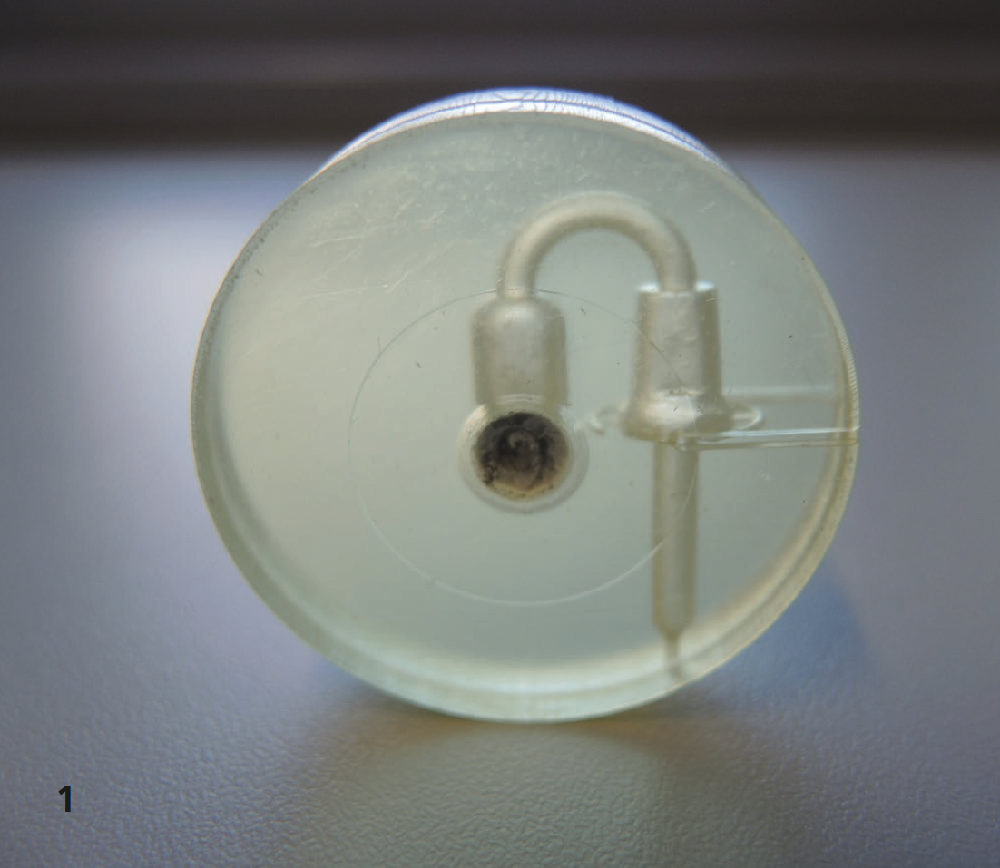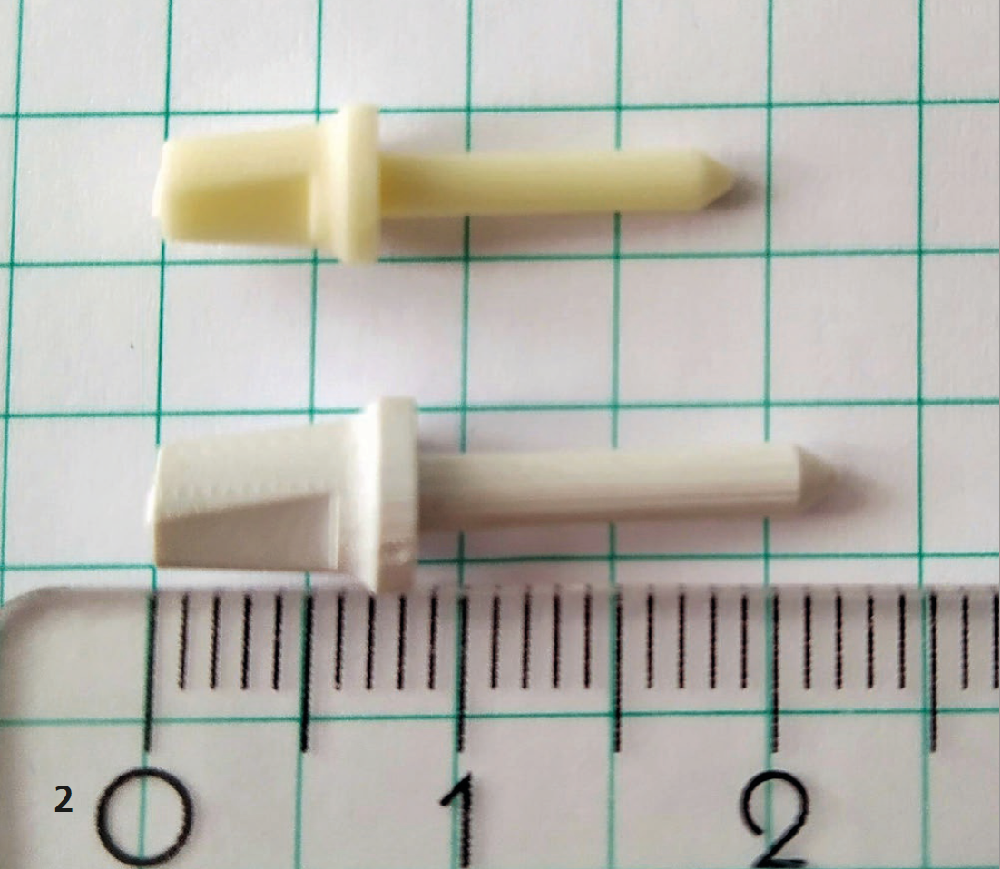
Freeform injection molding – ceramic injection molding with single-use molds
Current research

On the path from the first part design to a component ready for production, several iterations are often required where different aspects of the part design and the production process are tested. In the case of ceramic injection molding (CIM), this can be a time-consuming exercise, as tooling rework commonly requires several weeks. Therefore, many attempts have been made by parts producers to reduce the development steps, ranging from green part post-machining to additively manufactured (AM) parts to a method called ‘soft tooling’, which uses cast epoxy or AM polymer molds. Of these, only the latter approach allows prototyping with the same production process and material as used for the actual mass-produced component.
Freeform injection molding – Single-use molds
Freeform injection molding (FIM) uses a dissolvable UV-curing polymer for 3D-print molds. A lithography-based device (AFU5), made by AddiFab (Denmark), is used to print the molds. Such a dissolvable mold material removes all conventional mold design considerations regarding draft angles, ejector pins and split line. Furthermore, component design – comparable to additive manufacturing – is made possible since there are no restrictions with regard to undercuts, the way there are with conventional split tools. Neither is mold deterioration an issue, as the mold material is formulated to dissolve and is therefore single-use only. With each mold it is possible to produce different features and dimensions. This allows an exploration of prototypes at different stages of tool construction, such as material selection or different allowances for setting the desired sintering dimensions of the components. Therefore, such iterations on the final prototype can be carried out in less time and at reduced cost.
Single-use molds in ceramic injection molding
Commercial CIM feedstocks were successfully used to produce demonstration parts with the FIM process. FIM-inherent process steps such as injection into a polymer mold or demolding had no negative effect on the subsequent green part debinding and sintering steps. In comparison with conventionally produced CIM parts, the sintered parts showed very good performance and comparable shrinkage behavior.
Services offered
- Component and materials development for ceramic injection molding and prototype construction
- Design studies for new materials

